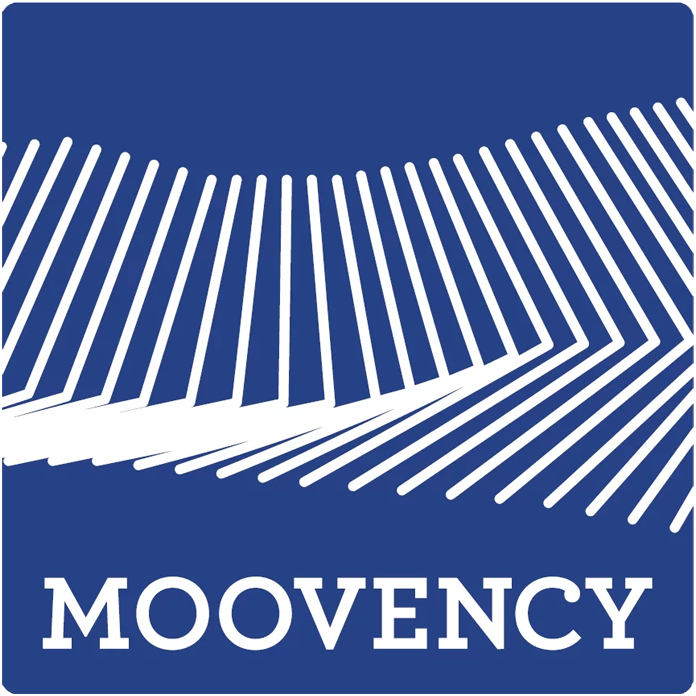MSD prevention: action at three levels
In a previous article, we discussed the various factors responsible for the onset of musculoskeletal disorders (MSDs). To protect the health of their employees at work, companies can act on three levels to prevent MSDs:
- Primary prevention
- Secondary prevention
- Tertiary prevention
Primary prevention: before the disease appears
Primary prevention is the most effective approach to preventing MSDs, because it aims to assess and anticipate risks upstream. It affects the way work is organised, by looking at equipment, the physical environment, skills management, the way production is organised, and so on. Its implementation promotes a fulfilling working environment, preserving health in the workplace and improving performance.
An example of primary prevention could be anticipating the risk of MSDs when designing a workstation. Using a tool such as KIMEA VR, the company can run simulations of the future workstation to identify the movements that are painful for the operator and relate them to resources and organisational constraints. So, even before designing the workstation, it can do everything it can to prevent the onset of MSDs.
Secondary prevention: appearance of the first symptoms
Secondary prevention aims to limit, correct and treat the first symptoms. The aim is to prevent the first symptoms from worsening and developing into a chronic illness. The emphasis is on helping people to develop coping strategies. The aim is to provide them with the tools and resources they need to cope with their activity and its constraints: medical examinations, management training, coaching, dissemination of best practice, awareness-raising, training, etc.

This approach is reactive, since it involves taking action to limit complications: taking time off work, adapting a job, taking medication, etc.
Training is often used in secondary prevention, but so are group discussions to put the group’s knowledge and experience to work on a problem and find ways to improve. Very useful in primary prevention, a tool such as KIMEA GP can also be an indispensable asset in secondary prevention.
In fact, co-constructing work practices with employees gives them all the keys they need to take charge of their own prevention. They can question their activity and build their own adaptation strategy. Preventing MSDs also means empowering employees to take responsibility for their own prevention.
Tertiary prevention: the disease has taken hold
Tertiary prevention, which focuses on the consequences, aims to repair the damage and reduce the disability caused by an occupational disease. The aim is to avoid complications or relapses.
Returning to work and staying in work are essential means of reintegrating employees into the world of work and society. So it’s not really a question of prevention, but rather of repair, focusing on the specific suffering of the individual in an attempt to reduce the impact of the chronic disability.
To enable employees to return to work in the best possible conditions, it is often necessary to adapt workstations and task rotations to avoid putting too much strain on already damaged joints. Tools such as KIMEA make it possible to identify precisely the movements and workstations that put the greatest strain on these joints, so that employees can return to or keep their jobs under the best possible conditions.
That’s why our teams have designed a training course specifically for this type of situation, to help you put in place a gradual, individualised approach to returning to work.
Which approach is the most effective in preventing MSDs?
The three approaches complement and overlap each other, but primary prevention is the most effective in the long term. Unfortunately, due to a lack of technical and human resources and methods, companies struggle to implement this sustainable MSD prevention approach.
Yet this initial effort would enable companies to improve efficiency while protecting the health of their employees. Despite this, the tendency remains to take action once the problems have arisen, increasing the human and financial costs for these companies after the event.
When an occupational illness is well established, the employee’s health and capabilities are altered forever. Companies need to assess what part these approaches represent in their prevention policy. Indeed, if the tertiary approach is prevalent, then there is an urgent need to review work organisation and identify risk factors as quickly as possible.
Would you like to implement a comprehensive prevention approach but don’t know where to start? Our teams are at your disposal to carry out an audit of your needs.
